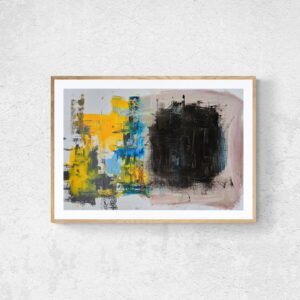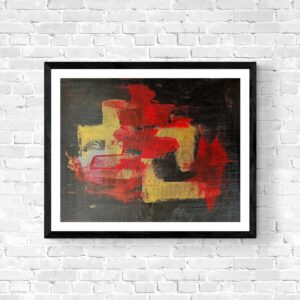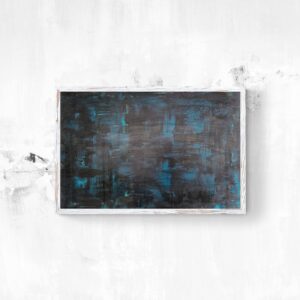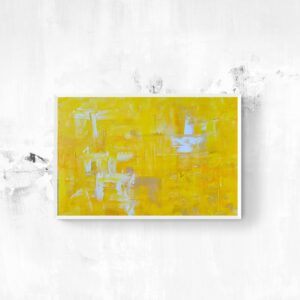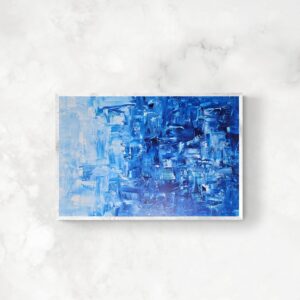
LONDON — Edwards Burra was a chronically ill English painter, suffering from debilitating arthritis and asthma throughout much of his life. Hailing from the upper classes of southern England, with regularized, side-parted, tamped-down hair, he spent much of his life in headlong flight from his upbringing.
Burra wanted to experience the shock of strangeness, to embrace the allure of the louche, the forbidden, the disapproved of. He sometimes left home for months at a time without even saying goodbye. Where has Edward gone? Nobody knew. Will he ever come back? Perhaps.
First it was to Paris, and then to Spain, the United States, and Mexico. As you walk around his carefully curated, chronologically organized exhibition at Tate Britain of the best of a lifetime’s work, you can hear the drift of music in the air, the music Edward loved, the visceral excitement of jazz and how that excitement fed into the work of the Harlem years. You can even see a row of black vinyl discs along the wall. These were Edward’s records.

It is riddling, foot-stomping, 1920s stuff, with all its wildness. You may feel an urge to put your arm around someone nearby and swerve them out onto the dance floor. There’s plenty of space in these galleries to make your mark.
Burra’s paintings, like him, are motoring away, at speed, from convention or respectability. Most are crowded with figures — you can almost smell the sweet sweat. You can almost feel the heady excitement of all those twists and turns and crazy swerves, the pushes and the pulls.
The figures’ limbs are often inclined to bend pneumatically, as if they might be nothing but inflatables. Fingers get stretched and rubberized. Features get squeezed into inhuman, mask-like shapes. Their faces are so clarted with makeup that it’s hard to tell where the fantasy of all this posing and posturing begins or ends.

These beings, afloat on the fantasies of the Englishman wielding the brush, thrive in sexy, late-night environments where booze often topples from the trays on which it is transported. Who lives inside all these dangerously pouty cravings? This is erotic provocation on speed, surrealism lightly peppered with satire, and Burra records it all, relishing the particularity of his people and scenes. (It is he, of course, who has twisted things so out of shape.) Take a good, hard look at the weird grimaces of “The Two Sisters” (1929) or the parodic mistrust on display in “Balcony Toulon” (1929). In New York, he falls instantly for the appeal of Harlem’s nightlife — such gorgeous clinches to be savored in “Savoy Ballroom, Harlem” (1934)!
Then, once in Spain, amid the death and the turmoil and confusion of the Spanish Civil War, the mood and the palette darken, and the human figure begins to incline toward the anonymous and mechanized. War looms over these paintings. We stare into open graves to admire the skeletons.
At the end he returns to England and tries to work up some response to the puff-smoke of industry and the grit of working-class street life. Rude boys kick out in unison, like stiff performers on a stage. These paintings don’t quite convince — the old energy has left him. Burra can no longer dig deep enough.







Edward Burra continues at Tate Britain (Millbank, London, England) through October 19. The exhibition was curated by Thomas Kennedy with Eliza Spindel.

